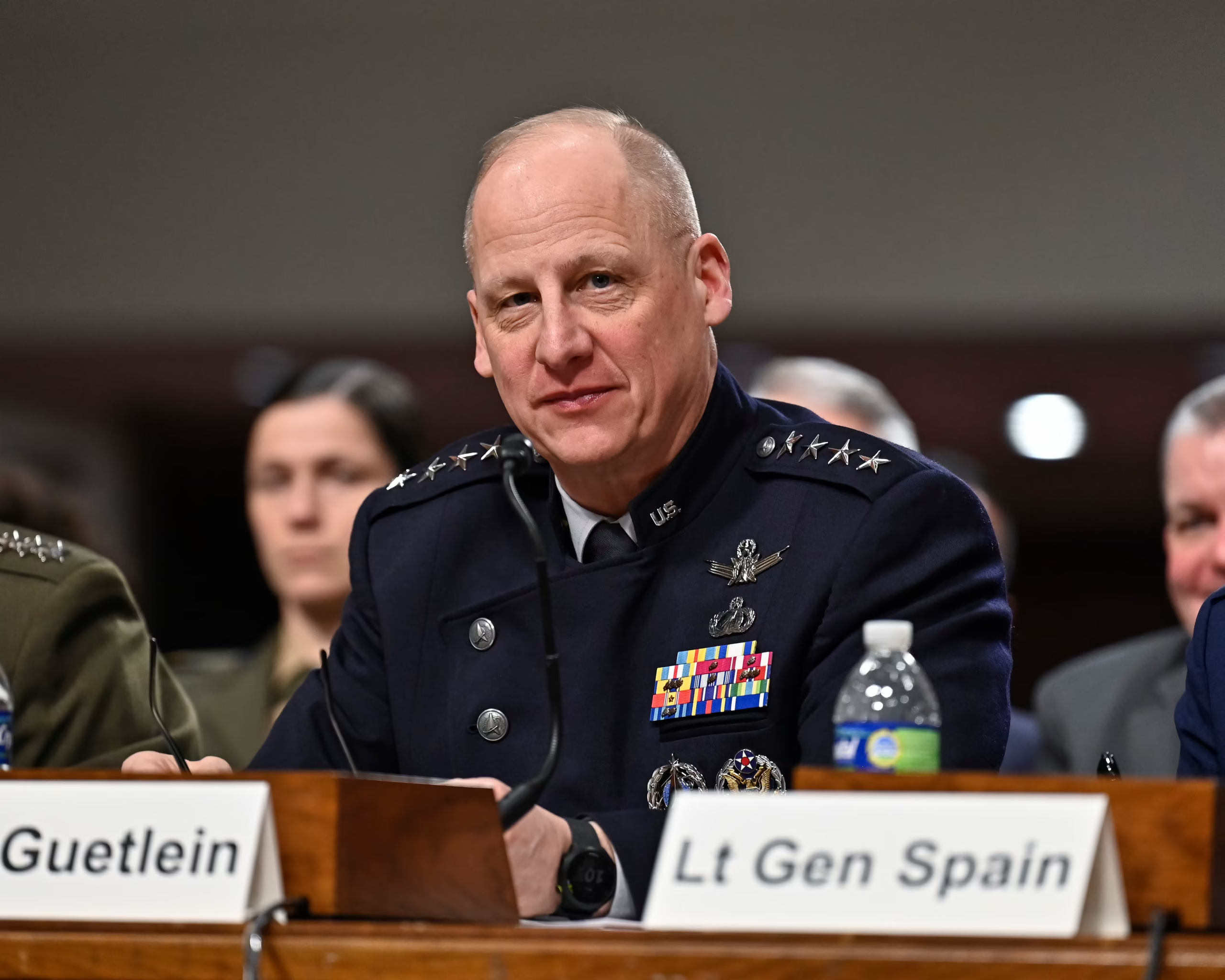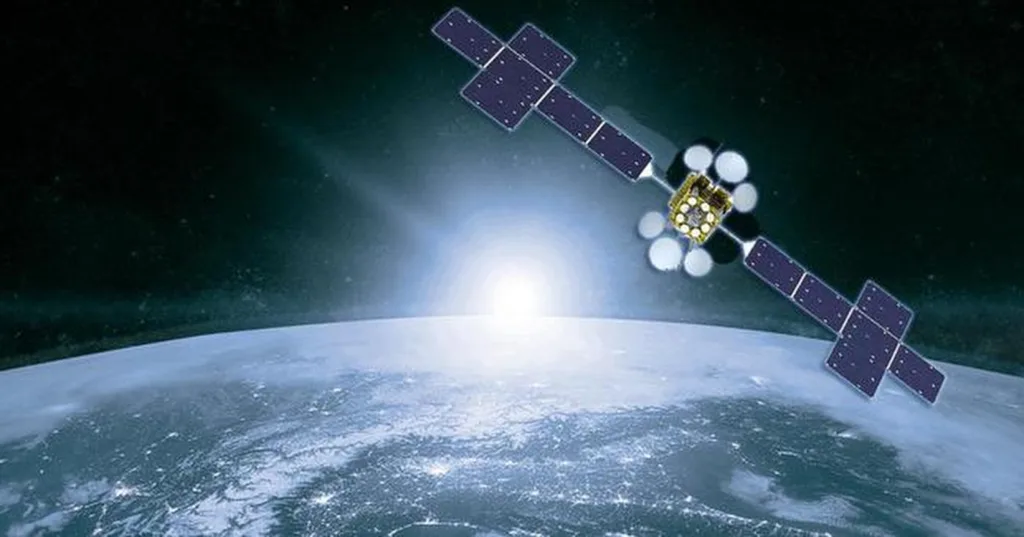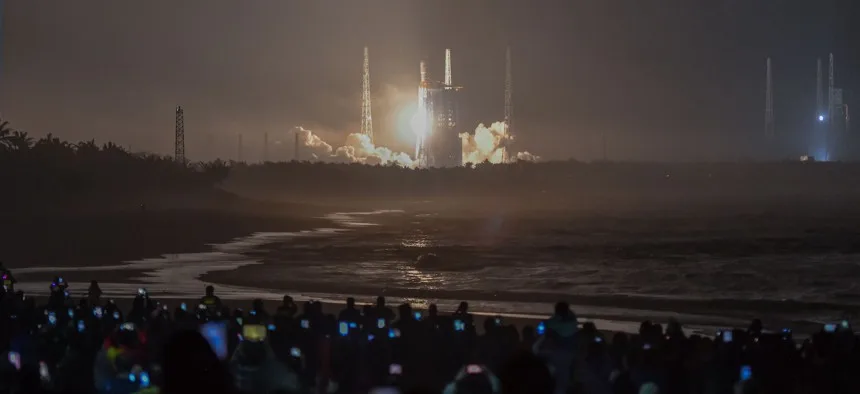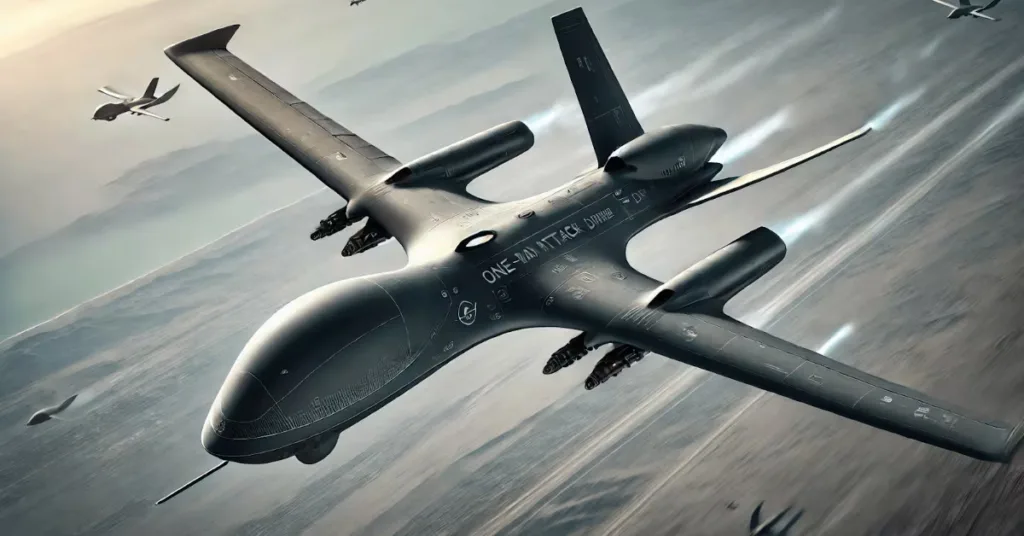Did 5 Chinese Satellites Really Practice Dogfighting in Space, Space Force Says!

In a chilling warning to the U.S. military, the Space Force’s second-in-command, General Michael Guetlein, revealed that U.S. adversaries are now practicing “dogfighting” in space. This term, which typically brings to mind intense aerial combat, is being used in a new context: satellite-to-satellite maneuvering in space. Guetlein’s comments highlight the growing space race where near-peer adversaries are developing dangerous new capabilities to challenge U.S. dominance in space.
The Rise of Space Dogfighting
At the McAleese annual Defense Programs Conference, Gen. Guetlein explained that commercial space partners had shared situational awareness data about a demonstration involving five satellites moving in coordinated maneuvers. These satellites—working in synchronicity—were practicing space operations that simulate the dynamics of satellite combat, similar to air combat dogfighting tactics.

While Guetlein didn’t specify which nations were Dogfighting involved, a later comment from a Space Force spokesperson confirmed that the demonstration was conducted by China. In 2024, China conducted a series of proximity operations (RPO) in low Earth orbit (LEO), using a mix of three Shiyan-24C experimental satellites and two Shijian-6 05A/B satellites. These movements were tracked by commercial firms like LeoLabs, which observed the precise maneuvers of these satellites using radar. Additionally, Russia has been involved in similar operations, testing their own RPO capabilities with multiple spacecraft.
Rising Concerns Over Space Operations
The growing space activities of China and Russia are raising concerns in the U.S. defense community. Historically, the U.S. had a significant advantage in space technology, but that gap is rapidly closing. The advanced satellite maneuvers demonstrated by these countries show their ability to disrupt, degrade, and potentially destroy U.S. satellites.
In particular, China has been seen using satellites to stalk U.S. government and commercial satellites in geosynchronous Earth orbit (GEO), where critical communication and weather satellites are stationed. These developments are particularly alarming because they show that adversaries can now synchronize multiple satellites at once, which was once thought to be impossible.

General Guetlein pointed out that the space Dogfighting environment has dramatically changed. What was once a massive technological gap between the U.S. and its adversaries has narrowed, and the U.S. must evolve to maintain its edge. The increasing capabilities of adversary nations make it essential for the Space Force to step up its efforts to “deter and, if necessary, defeat aggression” in space.
Understanding Space Warfare: Slow but Sure
Although the term “dogfighting” may evoke images of fast-paced space battles as seen in movies like Star Wars, Gen. Guetlein was quick to point out that real space warfare will be much slower. The physics of space mean that maneuvers take far longer compared to air combat. Satellite movements can take hours, days, or even weeks. However, despite the slow pace, the strategic implications are enormous.
Guetlein’s comments underline the Space Force’s increasing focus on establishing “space superiority”—the ability to dominate the space domain in any future conflict. Achieving space superiority involves both defensive and offensive operations, including “space control” measures that go beyond just avoiding attacks but also attacking adversary satellites when necessary.

The Role of the Space Force
The mission of the Space Force is clear: to maintain space superiority and Dogfighting ensure that the U.S. can operate freely in space, especially in times of conflict. Chief of Space Operations Gen. Chance Saltzman recently emphasized this point, stating that space superiority is the core reason for the Space Force’s existence. Achieving this goal involves “space control”—a comprehensive approach to contest and control the space domain through both kinetic and non-kinetic means. These measures include orbital warfare, electromagnetic warfare, and counterspace operations, which can be used for both offensive and defensive purposes.
Saltzman explained that space control allows the U.S. to disrupt, degrade, or even destroy adversary capabilities in space if needed. This could involve disabling enemy satellites or using electronic warfare tactics to disrupt communication networks, all part of ensuring U.S. dominance in the space arena.

Conclusion: A New Age of Space Security
The space domain is no longer a peaceful frontier; it is increasingly becoming a Dogfighting contested area where near-peer adversaries are testing and developing new ways to challenge U.S. capabilities. As countries like China and Russia continue to advance their space technologies, the U.S. must adapt its strategies to maintain its edge in space.
For the Space Force, this means enhancing its ability to both protect U.S. satellites and, if necessary, engage in orbital warfare. While space may not be as fast-paced as traditional dogfights in the sky, the stakes are just as high. The ability to control space will be crucial in any future conflict, and the U.S. must be ready to defend its interests in this new frontier.






